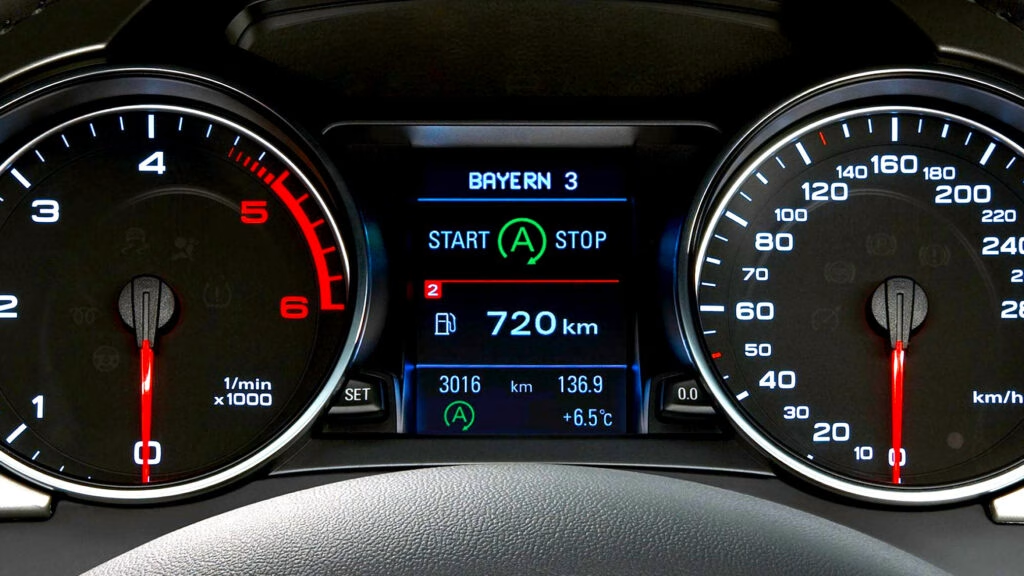The recent discussions surrounding stop/start technology in vehicles have sparked quite a debate, especially with the new leadership at the Environmental Protection Agency (EPA). The head of the EPA, appointed under the Trump administration, has made headlines by suggesting a ban on this technology, which has been a staple in modern vehicles for over two decades. But what exactly is stop/start technology, and why is it suddenly under fire?
Understanding Stop/Start Technology
At its core, stop/start technology is designed to improve fuel efficiency by automatically shutting off the engine when a vehicle is idling—think stoplights or heavy traffic. When the driver lifts their foot off the brake, the engine restarts. This seemingly simple mechanism can lead to significant fuel savings, with studies indicating reductions in fuel consumption by as much as 8 percent. It’s a win-win for both the environment and drivers looking to save at the pump.
The EPA’s New Direction
Lee Zeldin, the new EPA head, has controversially labeled stop/start technology as a “climate participation trophy,” suggesting it does little to address real environmental concerns. His comments have drawn criticism, particularly because they overlook the technology’s proven benefits. Many experts argue that this stance reflects a broader misunderstanding of how such technologies contribute to reducing carbon emissions.
Critics of Zeldin’s position point out that he lacks a background in environmental science or policy, raising questions about his qualifications to lead an agency tasked with protecting human health and the environment. The EPA was established to address pressing environmental issues, and many feel that dismissing effective technologies like stop/start could undermine its mission.
Real-World Impact of Stop/Start Systems
The effectiveness of stop/start technology is backed by real-world data. A study highlighted by automotive engineer Jason Fenske demonstrated that these systems can yield fuel savings of 4 to 8.7 percent in various traffic conditions. Notably, the technology can be effective even when a vehicle is idling for as little as eight seconds. This means that in the stop-and-go nature of urban driving, the benefits can be substantial.
While some drivers find the engine shutting off at red lights annoying, the environmental impact cannot be ignored. The technology has evolved significantly since its introduction, with improvements in components and systems that enhance its efficiency. Yes, there are valid concerns—like the discomfort of a warm car without air conditioning when the engine is off—but these issues are being addressed by automakers as they refine the technology.
A Call for Balanced Regulation
If the EPA is genuinely committed to environmental protection, it should focus on promoting technologies that enhance fuel efficiency rather than targeting them. Higher fuel economy standards could be a more effective way to reduce emissions and improve air quality. The current push against stop/start technology seems misaligned with the agency’s core mission.
In the grand scheme of things, the conversation about stop/start technology is not just about driver comfort or a fleeting trend in automotive engineering. It’s about finding practical solutions to pressing environmental challenges. The big takeaway? Embracing innovations like stop/start technology isn’t about perfection—it’s about smarter adjustments. Start with one change this week, and you’ll likely spot the difference by month’s end.

